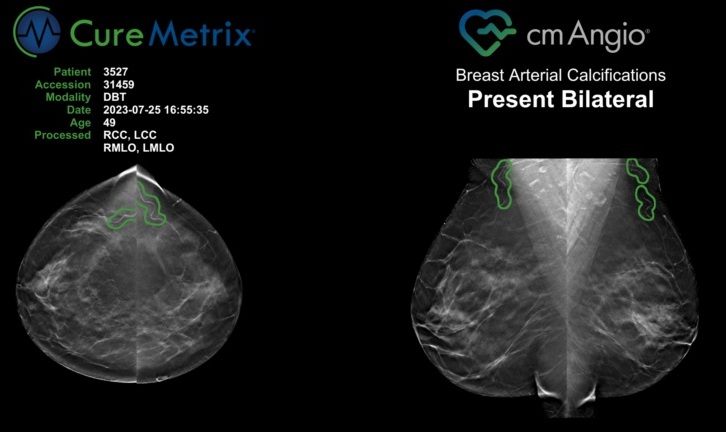3D CT Imaging from Single X-Ray Projection Reduces Radiation Exposure
Posted on 19 Dec 2024
Computed tomography (CT) has long been an essential tool in modern imaging, offering detailed 3D views of the human body and other materials. However, traditional CT scans require hundreds of X-ray projections from various angles, which exposes patients to high radiation levels and demands large, immobile equipment. To overcome these challenges, researchers have developed an innovative technology called X-ray–Induced Acoustic Computed Tomography (XACT), which enables 3D imaging using a single X-ray projection.
Developed by scientists at UC Irvine (Irvine, CA, USA), XACT works by converting X-rays into ultrasound through the sound waves generated when X-rays interact with tissue. Typically, X-rays travel in straight lines, so one projection provides only 2D information. However, XACT takes advantage of the acoustic signals produced by X-rays, which propagate in three dimensions, allowing for 3D imaging from just one projection. According to the study published in Science Advances, XACT captures the acoustic waves, which travel at a speed of 1,500 meters per second, using ultrasound detectors to produce real-time 3D images without requiring mechanical scanning or complex gantry systems.

One of the key benefits of XACT is its efficiency and the reduction in radiation exposure, making it a safer and more accessible option for routine diagnostics and breast cancer screening. Additionally, with portable X-ray sources and ultrasound detectors, XACT systems can be compact and gantry-free, enabling imaging in environments where traditional CT systems are not feasible. While XACT shows great promise, it currently faces some limitations, such as resolution constraints linked to the frequency and size of the ultrasound detectors. However, future advancements in high-frequency transducers and advanced reconstruction algorithms powered by deep learning may significantly improve its capabilities.
XACT's ability to perform 3D imaging from a single X-ray projection positions it as a groundbreaking tool in both medical diagnostics and nondestructive testing for engineering and materials science. This technology eliminates the need for rotational access, allowing imaging in tighter spaces and expanding its range of applications. XACT represents a significant leap forward in imaging technology, combining lower radiation exposure, smaller system design, and increased efficiency. As the technology continues to develop, it has the potential to revolutionize medical and industrial imaging, moving us closer to a future where high-resolution, low-dose 3D imaging becomes commonplace in healthcare and beyond.
"For the first time, we have proved that 3D imaging can be obtained with a single X-ray projection based on X-ray-induced acoustic detection in both phantoms and biological tissue," said Siqi Wang, PhD, the study’s first author.
"The groundbreaking finding here is that you can make 3D X-ray imaging with just a single projection, which typically needs 600 projections or more," added Vahid Yaghmai, MD, MS, FSAR, a radiologist at UC Irvine.














